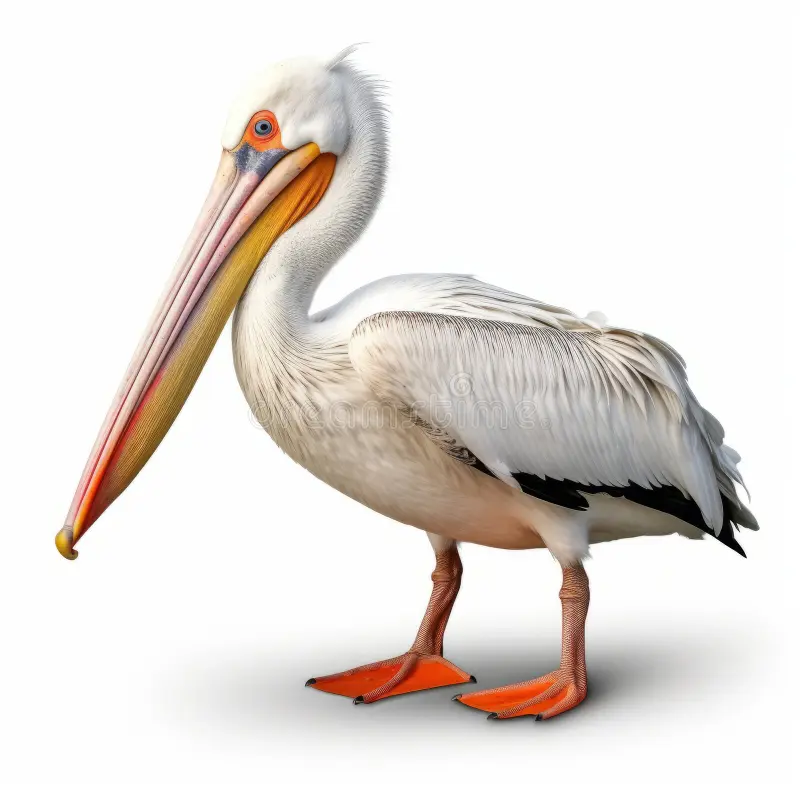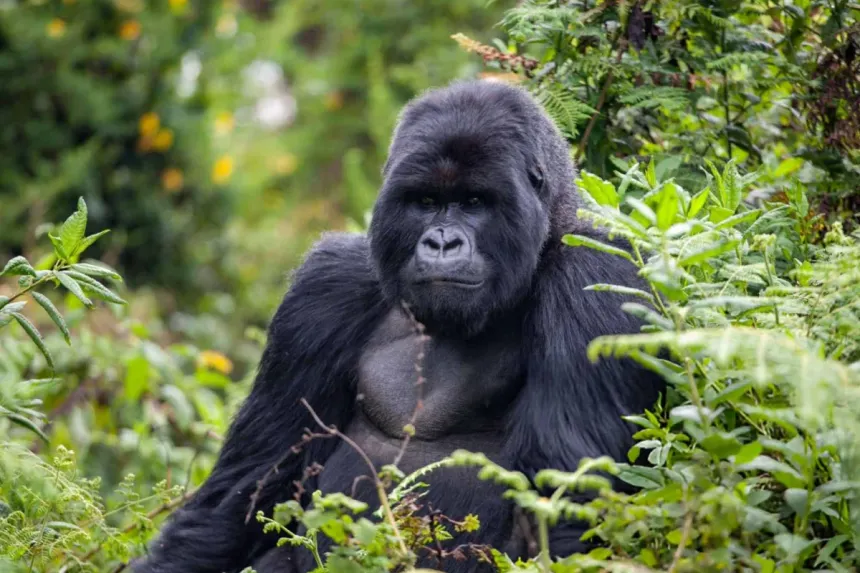Pelicans: Graceful Giants of the Water

Pelicans: Graceful Giants of the Water
Pelicans are among the most distinctive and fascinating water birds found across many parts of the world. Known for their large bodies, long beaks, and especially their unique throat pouches, pelicans are often seen gliding elegantly over oceans, lakes, and rivers. Despite their bulky appearance, pelicans are agile in the air and skilled in the water, making them exceptional hunters and efficient flyers.
One of the most recognizable features of a pelican is its expandable throat pouch, which is used to scoop up fish from the water. Contrary to popular belief, pelicans do not store fish in their pouches for long periods — instead, they quickly drain water out before swallowing their catch whole. Most pelicans feed on small to medium-sized fish, and some species also eat amphibians or crustaceans. They often fish in groups, using coordinated movements to herd fish into shallow areas for easier capture.
There are eight species of pelicans, with the Great White Pelican and the Brown Pelican being among the most well-known. Brown pelicans are notable for their dramatic dive-bombing technique, where they plunge headfirst into the water from great heights to catch fish. In contrast, other pelican species like the Australian Pelican or the Dalmatian Pelican feed more passively by swimming and scooping prey.

Pelicans are highly social birds, often nesting in large colonies called rookeries. Their nests are typically built on the ground, on cliffs, or in trees, depending on the species and habitat. Both male and female pelicans participate in incubating the eggs and caring for the chicks, which are born featherless and require constant care in the early weeks of life.
Though pelicans are generally widespread and not considered endangered, some species have faced challenges due to habitat loss, pollution, and fishing industry conflicts. The use of pesticides like DDT in the mid-20th century significantly affected Brown Pelican populations in North America, but conservation efforts have since helped their numbers recover.
Here are a few interesting facts about pelicans:
- Pelicans can have wingspans up to 10 feet (3 meters), especially the larger species like the Dalmatian Pelican.
- A pelican’s beak can grow up to 18 inches (45 cm) long.
- Despite their size, pelicans are strong fliers and can travel hundreds of miles during migration.
- Their throat pouch can hold up to 3 gallons (11 liters) of water!
In summary, pelicans are extraordinary birds with unique adaptations that make them stand out in the avian world. Whether they’re soaring above coastal waters or nesting in remote wetlands, pelicans continue to inspire awe with their graceful movements, cooperative behavior, and fascinating feeding techniques.



